There are diverging paths being taken in the photography world today. On one hand you have the top players in the full frame lens category, and, judging by most of the lenses I have reviewed recently, the trend is towards ever larger and heavier lenses. I’ve been spending time with the excellent Zeiss Milvus 1.4/85mm after just having spent time with the Canon 35mm f/1.4L II and the Sigma 35mm f/1.4 ART. I’ve even had a chance to spend some time with a copy of the rare, no longer made Canon 50mm f/1.0L. Despite none of these having a focal length longer than 85mm my wrists have been getting a serious workout. The lightest weighs in at 665 grams; the heaviest a hefty 1280 grams. Such is the reality of a new breed of lenses that are being designed for ultimate optical performance to match today’s demanding full frame sensors.
On the other hand you have the emerging mirrorless segment. The trend there has been towards smaller camera bodies typically sporting smaller sensors (either APS-C or Micro 4/3rds) and smaller lens designs. The advances in a number of these sensors has been impressive, and, while they may not be on an absolute level with their full frame equivalents, they are “close enough” to fool your average user. I read a lot of photographers that want full frame sensors in compact mirrorless bodies, but, as the recent Sony G-Master professional grade lenses released for their full frame e-Mount bodies demonstrate, the mirrorless size advantage quickly disappears when a full frame sensor is put into the equation. The Sony GM 24-70mm f/2.8 lens is actually physically larger and heavier than the Canon 24-70mm f/2.8L II.
It is hard to compete with physics.
It is for that reason that I think the best approach for mirrorless mount lenses is something very similar to what Samyang/Rokinon is doing with these beautiful little prime lenses build specifically for mirrorless bodies. While offering up large apertures and great optical performance, these lenses are designed solely for the image circle of APS-C and Micro 4/3rds sensors. This allows the designs to be compact and light; a welcome relief to the heavy kits that I’ve been hauling around. The Rokinon 21mm f/1.4 ED AS UMC and the Rokinon 50mm f/1.2 AS UMC bring a lot to the table, though not without a few significant drawbacks that may present a challenge for some photographers. Read on to discover more.
Build Quality
Since I reviewed these lenses at the same time there is a little bit of overlap in my findings. I’ve done my best to keep my comments as specific to the lens at hand as possible.
Check out this video where I take a look at the overall build and design of these lenses.
In my opinion these are by far the most striking lenses that Samyang/Rokinon is building. It’s not really that the build grade is all that different from the full frame lenses. It is still the standard engineered plastics over a metal frame, but it’s as if when it shrunk down to the diminutive size of the mirrorless lenses the fit and finish seems to shine more (and they are more glossy than the larger lenses). The lenses are really, really handsome. I fell in love with the look when I reviewed the excellent Rokinon 12mm f/2 NCS a year and a half ago (after which I purchased a copy for myself). It was a like a really small, slightly classier L series lens complete with its own red ring.
I had a sense of déjà vu as I started unboxing these new lenses. As soon as I began pulling the 21mm and 50mm lenses out of the box I was excited again to see the great looking and extremely compact lenses. I’ve just gotten through spending time with the new Canon 35mm f/1.4L II and the Sigma 35mm f/1.4 ART, so the diminutive 21mm f/1.4 (31-42mm FF equivalent depending on the crop factor of the camera system – 31mm for Sony and Fuji users, 33.6mm for Canon users, and 42mm for Micro 4/3rds) seemed all the smaller. I also have a copy of the incredible new Zeiss Milvus 85mm f/1.4 on hand, so the Rokinon 50mm f/1.2 (75mm for Sony and Fuji users – 80mm for Canon shooters – and 100mm for Micro 4/3rds mount) seems equally tiny by comparison. And yes, that is really what these two lenses approximate – the standard 35mm f/1.4 and 85mm f/1.2 primes. These cover incredibly important focal lengths, and, depending on what camera system you are using, may fill an extremely important hole in your lineup. The little Rokinons were a fresh reminder of just how much more compact and light mirrorless lenses CAN be. The Milvus 85mm is nearly 3 ½ times heavier than the little Rokinon 50mm f/1.2, and the Rokinon 21mm f/1.4 is 2 ¾ times lighter than the new Canon 35mm f/1.4L II.
The 21mm f/1.4 lens has 8 elements in 7 groups, including one extra-low dispersion element and three aspherical elements. Its UMC (Ultra Multi-Coating) has also been applied to boost contrast by suppressing lens flare and ghosting (more on that in a moment). It is a diminutive 2.53 x 2.66″ (64.3 x 67.6 mm) and weighs 9.70 oz (275 g). Despite the low weight the lens feels substantial and dense.
One definite advantage of these lenses over the 12mm f/2 is that they now have nine rounded blades in the aperture iris. Not only does this produce nice, round bokeh highlights even when stopped down, but also means that they produce very attractive sunstars/sunbursts. The 12mm has only six blades, and its rather boring sunstars was one of the few areas that I nitpicked the optical performance of the lens in my review of it here.
If I could go on a minor rant, it is that there seems to be no real standard among mirrorless lenses for filter sizes. I own four mirrorless lenses plus have these two in hand. Among the four I own the filter sizes range from 43mm (EF-M 22mm f/2 STM), 52mm (EF-M 18-55 + 55-200 IS STM), to 67mm (Rokinon 12mm f/2). The 21mm Rokinon is 58mm while the 50mm is 62mm. So in a pool of 6 lenses that I have on hand there are five different filter sizes. The EF-M 11-22 STM lens has a 55mm filter thread, the new EF-M 15-45mm? – 49mm. So now, in a pool of 8 lenses, we have 7 different filter sizes. Yes, the use of stepping rings can help you move to a single size, but usually at the cost of using a lens hood. It is frankly a little annoying, particularly when the vast majority of full frame (or APS-C) lenses I own or review conform to about five filter sizes (58mm, 67mm, 72mm, 77mm, and 82mm). Would it kill lens designers to pick a few filter sizes and stick to them? This is more of an issue with these two lenses than the collection of slow zoom lenses that Canon has produced because you frequently need to use a circular polarizer or neutral density filter with wide aperture lenses to help bring down shutter speed on bright days. I did have some 58mm filters in my collection, but I was out of luck with 62mm (other than a single UV filter I happened to have).
Here are a few more looks at this handsome little lens (and some of its friends!):
Those of you that are into video production might also want to check out the cine versions of these lens. While optically the same, the 21mm T1.5 and 50mm T1.3 are measured in T-stops [amount of light that gets through the lens to the sensor] not f-stops [the physical size of the aperture) The cine versions have two very important differences: 1) the aperture is declicked (no fixed f-stops), which allows for iris aperture pulls and also 2) both the aperture and focus rings have Industry Standard 0.8 pitch gearing on focus and aperture rings for use with follow focus rigs. One important takeaway from the cine version of the lens is that it shows that the light transmission on both of these lenses is very good (their T-stop rating is very close to their f-stop rating).
I’ve been asked to pick a reasonably priced video kit for my religious organization, and I am strongly considering picking up the new Sony a6300 along with one or both of these lenses in the cine version to fill the need.
Handling Challenges
There are a few distinct challenges that come from using manual lenses, even more so when you are using a manual focus only lens without any electronic coupling to the camera body. On most modern lenses you will find a small electronic chip on the lens mount. It is through this chip that the lens communicates with the camera body. This is what I refer to when I speak of an “electronic coupling”. The Samyang/Rokinon mirrorless mounts lack this coupling. This can result in a major misconception along with some very real handling challenges.
I quickly became aware of the misconception when I was looking at the listing for the lenses at B&H Photo. The first user reviews for both of these lenses in the Canon EF-M mount (two separate reviews) reported that the lenses didn’t work on a Canon M3 body (the body I’m using for review). You can probably tell from the tenor of my review so far that this is not the case. This misconception arrives from the fact that without an electronic coupling the camera doesn’t know that a lens is mounted even if it is physically there. As a result, your camera body may refuse to release the shutter and take a picture. Kind of a big problem, right? So these users reported that the lens doesn’t work on a M3. It does, though, but first you have to enable a setting in your menu that will enable the shutter to release without a lens attached. This is not because you want to fire your camera without a lens, but rather because it will enable the use of lenses without electronic coupling like these (or any vintage glass/non native lens mount lenses you may be using).
The biggest handling issues with the lenses are due to that lack of electronics. The lens will not report any information to the camera, so your EXIF date will be incomplete. There will not be any indication of the lens, the focal length, or the aperture value. The ISO and shutter speed will still be reported along with any other camera specific information. For those of you who care about the details (like me) this lack of information can be rather frustrating. When I am reviewing lenses, for example, I like to report the aperture value I used in various situations. Without that information I either have to note it separately at the time of capture (no thanks!) or operate off of memory.
The second issue is that no software will automatically identify the lens and thus there won’t be a standard profile in Lightroom/ACR. You could develop your own and manually apply it, of course, but this may or may not be within the scope of your abilities. After a while there may be some user profiles floating around the Web that you could download. Fortunately neither of these lenses desperately need a lot of correction (read on to see what I mean!)
One final note on this topic is that some camera bodies have some workarounds for this problem. They might allow you to manually enter the focal length, for example. My Canon bodies lack that ability, but your mileage may vary.
Beyond that, just know that these lenses are fully manual. Manual focus, and the aperture must be manually selected via the manual aperture ring. The latter isn’t really a big deal if you typically choose your aperture anyway. In fact, in some ways I rather like having a manual aperture ring as it often causes you to be a little more deliberate about the aperture value you select. It’s more of an issue if I happen to be remotely controlling the camera and thus lose the ability to select the aperture electronically. This is a major divergence between these Rokinon/Samyang lenses and Zeiss lenses, as Zeiss lenses feature electronic coupling and can also have their aperture iris electronically controlled. This means that the only difference between using a Zeiss lens and any other autofocus lens is that you do have to manually focus the Zeiss.
Speaking of manually focusing, the Rokinon lenses are both nice to manually focus. The 21mm stands out as the better of the two (at least in my copies) because it focused a little more smoothly and with less resistance. The damping on the manual focus ring felt pretty much perfect. The lens has a good but not excessive amount of focus travel so finding accurate focus at most focal lengths was possible. The focus throw isn’t quite as long as many Zeiss lenses, but the upside is making major adjustments comes a little quicker. On my copy (and at the typical temperatures I was in) I found that infinity focus came just a hair before the hard stop on the lens, so keep an eye out for that when focusing. It may be possible to focus past accurate infinity focus on your copy (a pretty common phenomena).
It is the handling department that will cause the greatest hesitation for most users. Manual focus lenses do require more work than autofocus lenses and aren’t as practical for action photography. Let’s put it this way: some photographers have a higher tolerance for manual focus than others. Some even prefer it. Many couldn’t be bothered…and that’s okay. If you don’t feel manual focus is for you then look elsewhere. If you feel like you can deal with manual focus, though, read on…because I think you will like what comes next.
Optical Performance
In this video I take you interactively through the image quality from the lens, including the bokeh, drawing, sharpness, and color rendition. It might help help you to form a more accurate conclusion than just the text and photos:
The reason for ever larger lenses is theoretically to allow for better image quality and resolution. If that is the case, then how can these lenses keep up? The answer is by developing (well) for the smaller sensor. Based on my experience with both the 12mm f/2 and other recent Samyang/Rokinon lenses I anticipated a strong optical performance, and I wasn’t disappointed.
These little lenses are very optically impressive. The 21mm f/1.4 sometimes shocked me with just how much detail was being resolved…even at wide apertures. Of the two lenses I would say that it showed more contrast at wide apertures. This may be due to exhibiting less chromatic aberrations (though neither lens suffers much in this area). It is very usable from its widest apertures, and even renders nicely near minimum focus. As I hinted at previously, the lens doesn’t suffer much for not having access to a standard profile because it doesn’t need a lot of correction. There is a bit of vignette at wide apertures, but it is low enough that I didn’t find it really an issue in field use.
It is fairly easy to correct for in post if you need the corners illuminated, but if you want to just shoot JPEGs you won’t notice it strongly either.
There is a minor bit of barrel distortion, but, as this brick wall shot shows the distortion is minimal enough to not really create an issue in field use.
From even f/2 on I found that the lens works very nicely as a landscape lens (and this is a key landscape focal length). I found images to have nice punch, with good color rendition, good contrast, and strong resolution. If you are shooting at wide apertures out of doors you may want to utilize an ND filter to help reduce the light to the sensor and give a bit more contrast. I shot a lot in highly contrasty snow scenes and found that using an ND filter made a notable difference in those conditions. A circular polarizer is another good option, and it has the advantage of intensifying colors in some situations as well as reducing reflections.
I was surprised to find when I directly compared the Canon EF-M 22mm f/2 (a lens I consider optically very strong) with this lens that the Rokinon was noticeably sharper and had stronger contrast even when the Rokinon was at f/1.4 compared to f/2 for the Canon. Very impressive.
This is a very nice walk around focal length, and for those skilled in manual focus or predictive focus may also make a decent street lens. This is a useful general purpose focal length and would also work well for environmental portrait lens.
The lens has nine rounded aperture blades, and the great strength of this is that the aperture iris stays nicely rounded even when the lens is stopped down. Circular highlights will begin to show a slightly nonagonal shape, but the overall impression continues to be roundish throughout most aperture values.
While my bokeh testing reveals that the bokeh highlights do have some busyness to them (often referred to as “onion bokeh”), the field/real world bokeh was actually very nice. With shorter focal lengths like this the bokeh is more pronounced when you get close to your subject. Depth of field at longer distances won’t be particularly small even at wide apertures.
The lens will allow you to get fairly close to your subject (12″/30cm from the sensor) and I estimate a maximum magnification figure somewhere near .20-.21x. The optical performance near minimum focus remains very strong.
Unlike the 50mm the 21mm delivers a strong performance when the sun is put in the frame. I was initially concerned as I saw a fair bit of ghosting through the EV-F but quickly remembered that I had a ND filter mounted, and, sure enough, the moment I removed it all of the ghosting went away and the bare lens exhibited very strong flare resistance. I saw almost no evidence of ghosting and/or veiling with the sun in the frame. The sunburst/sunstar effect from the nine-bladed aperture is quite nice when it is stopped down to f/8-f/16 and is always the icing on the cake for a strong landscape image. The moral of this little story is to always remember that the filter you put in front of a lens may possibly introduce some undesired optical effects.
Samyang/Rokinon praises the coma result of the lens (and the 12mm f/2 is a very strong performer here), but unfortunately the time of year that I had the lens for review was a very poor one for shooting the night sky. A lot of overcast periods, and the few clear nights during the review period found me either otherwise occupied or faced with the prospect of temperatures between -30 and -40. I passed on that glorious opportunity, so you will have to look to others to evaluate the coma resistance of the lens.
I am confident in saying that users of the Samyang/Rokinon 21mm f/1.4 will be very pleased with the optical performance. There is next to nothing to criticize here. I encourage you to peruse the Image Gallery via this link to see many more sample images.
Price Points and Conclusions:
Take a look at my video review where quickly cover all the highlights and lowlights of the lens and render my final verdict:
The Samyang/Rokinon 21mm f/1.4 has a US price of $449 at B&H Photo, but expect some fluctuation market to market because of the performance of your local currency versus the US dollar. Here in Canada, for example the price is a fair bit higher. This tests a higher price point than many of the previous Rokinon lenses for mirrorless mounts, but this is also a premium aperture value in a nicely made lens with exceptional optical performance.
The EOS M system really has nothing to compare these lenses to. To date Canon has made only one EF-M prime lens – the 22mm f/2 STM. It is an excellent lens, but also isn’t particularly fast (in terms of its aperture size). I also noted when comparing these lenses that the Rokinon was in another class optically. As a result there are basically no price comparison points for these lenses amongst the Canon EF-M lenses (and both of these lenses are currently more expensive than any of the native Canon lenses). If we look to the other mirrorless mounts we find a broad range of prices. In Sony or Fuji mounts there are both some budget primes (inevitably with both smaller apertures and weaker optical performance) that undercut these lenses in price, while the more serious competitors (with competitive apertures) are invariably much more expensive (the Zeiss options in the Sony E-mount are most obvious). Most, but not all, of these lenses do include autofocus, and a few even have an image stabilizer of some kind. I would conclude that the Rokinon lenses are coming in at prices that are appropriate; relative bargains to their competitors while offering optical performance that can compete with or exceed any of them.
You must factor in the additional challenges of using these lenses, though, and it does take a bit more work (and skill) to unlock those great optics due to the manual focus nature of these lenses. I would say that those looking at the cine versions of these lenses might find them a no-brainer, as they have amazing optics, compact size, and a reasonable price and won’t be any harder to use than any lens in that application. Stills shooters will have to weigh the various challenges I’ve detailed against the superior optics of these lenses. If there is an upside here, though, it is that the various mirrorless systems these lenses are designed for tend to be more forgiving of manual focus than the equivalent traditional DSLRs. Mirrorless cameras show true depth of field on their LCDs (or EV-Fs) and the ability to easy magnify the image makes visual confirmation of focus simpler. Pair this with the various manual focus aids like focus peaking that many mirrorless bodies have and the task of manual focus becomes less intimidating. If you own the Canon EOS M3, as I do, you might want to consider purchasing the DC1-EVF accessory if you don’t already have it. The electronic viewfinder makes nailing focus quite simple, particularly through magnifying the image in the EV-F.
Every new gear choice is an evaluation of the compromises implicit with the gear versus the potential benefits. In the case of the Rokinon 21mm f/1.4 ED AS UMC, the benefit is nicely compact, well-built lenses in a variety of native mirrorless mounts that offer up excellent, even class leading optical performance. The tradeoff is that these are manual everything lenses with no electronic communication to the camera body. For some that is the ultimate deal breaker, but for some of you that aren’t put off by the premise of these lenses you will find the reality of them to be very enjoyable. If these lenses had autofocus they would sell like hotcakes. They don’t, so they won’t, but those that do buy them will probably cherish them and craft beautiful images with them for years to come.
Pros:
- Extremely strong image quality
- Large aperture
- Nice size and weight to compliment small mirrorless bodies
- Nice physical and mechanical construction
- Focus rings moves smoothly and is nicely damped
- Low chromatic aberrations
- Good flare resistance
- 9 bladed aperture stays round and also produces nice sunbursts
- Great resolution even at wide apertures
- Strong contrast
- Vignette and distortion fairly well controlled
- Includes lens hood and drawstring bag for lens
Cons:
- Manual focus only
- No electronic coupling means no EXIF lens data or lens profile
- A little more expensive than many Samyang/Rokinon lenses
- The need to change settings within the camera to make the lens properly function – creates confusion for some users.
I reviewed a retail copy provided for review purposes from the great people at B&H Photo. Please use the buying links in this review (and below) to help support this website and keep the reviews coming!
Gear Used:
Canon EOS M3 Mirrorless Body
In Canada: Rokinon 21mm f/1.4 ED AS UMC (use code AMPLIS52016DA to get 5% off)
US and the World: Rokinon 21mm f/1.4 ED AS UMC
Adobe Lightroom CC Software for Mac and Windows (Boxed Version)
Adobe Photoshop Creative Cloud 1-Year Subscription
Alien Skin Exposure X (Use Code “dustinabbott” to get 10% anything and everything)
Purchasing your gear through B&H and these links helps fund this website and keeps the articles coming. Thank you for your support.
Great News! I can now offer a 5% discount on all purchases at Amplis Foto, Canada’s Leading Photographic Supplier. Please enter discount code: AMPLIS52016DA in your cart. It is good for everything in your cart, and is stackable with other coupons, too! It will take 5% off your entire order! Proceeds go towards keeping this site going and providing you with new reviews!

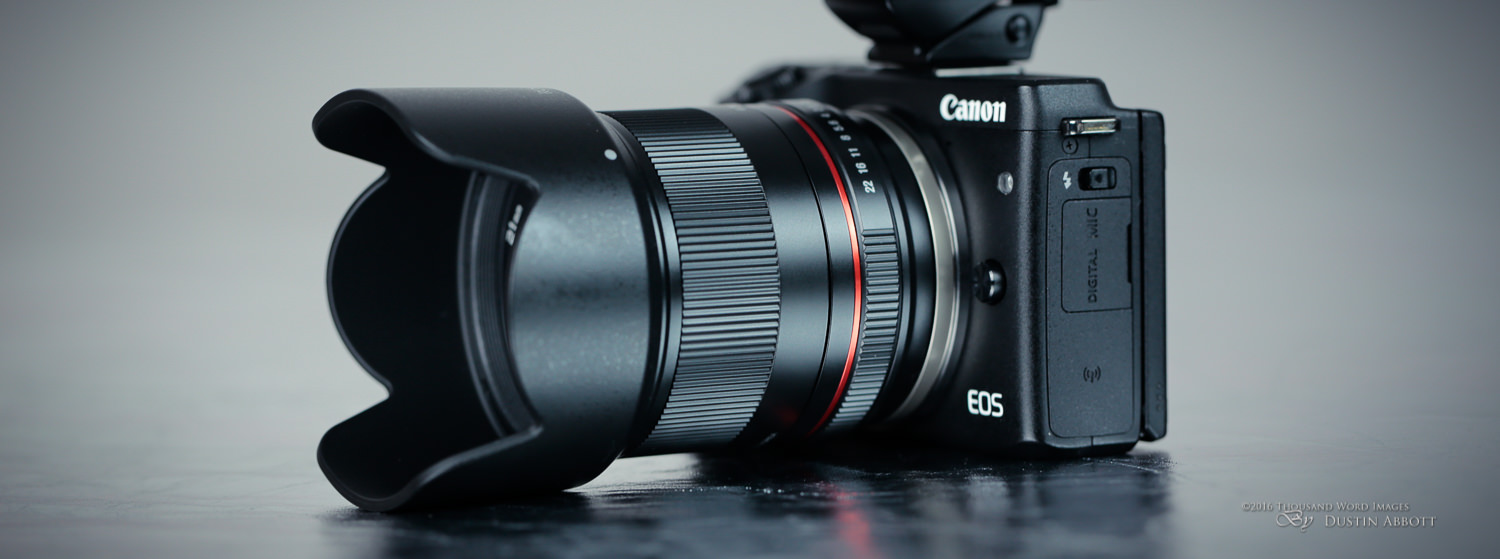
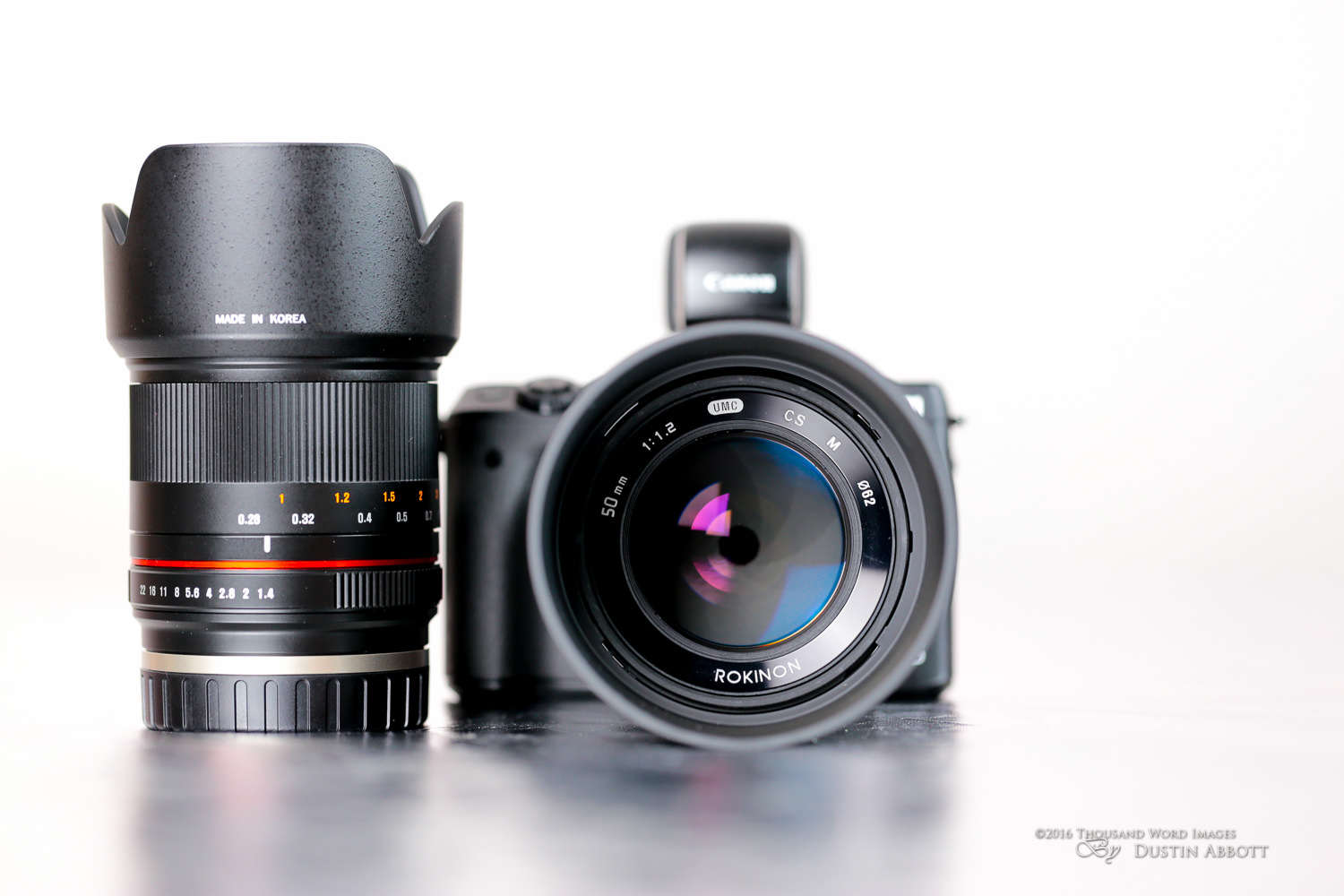
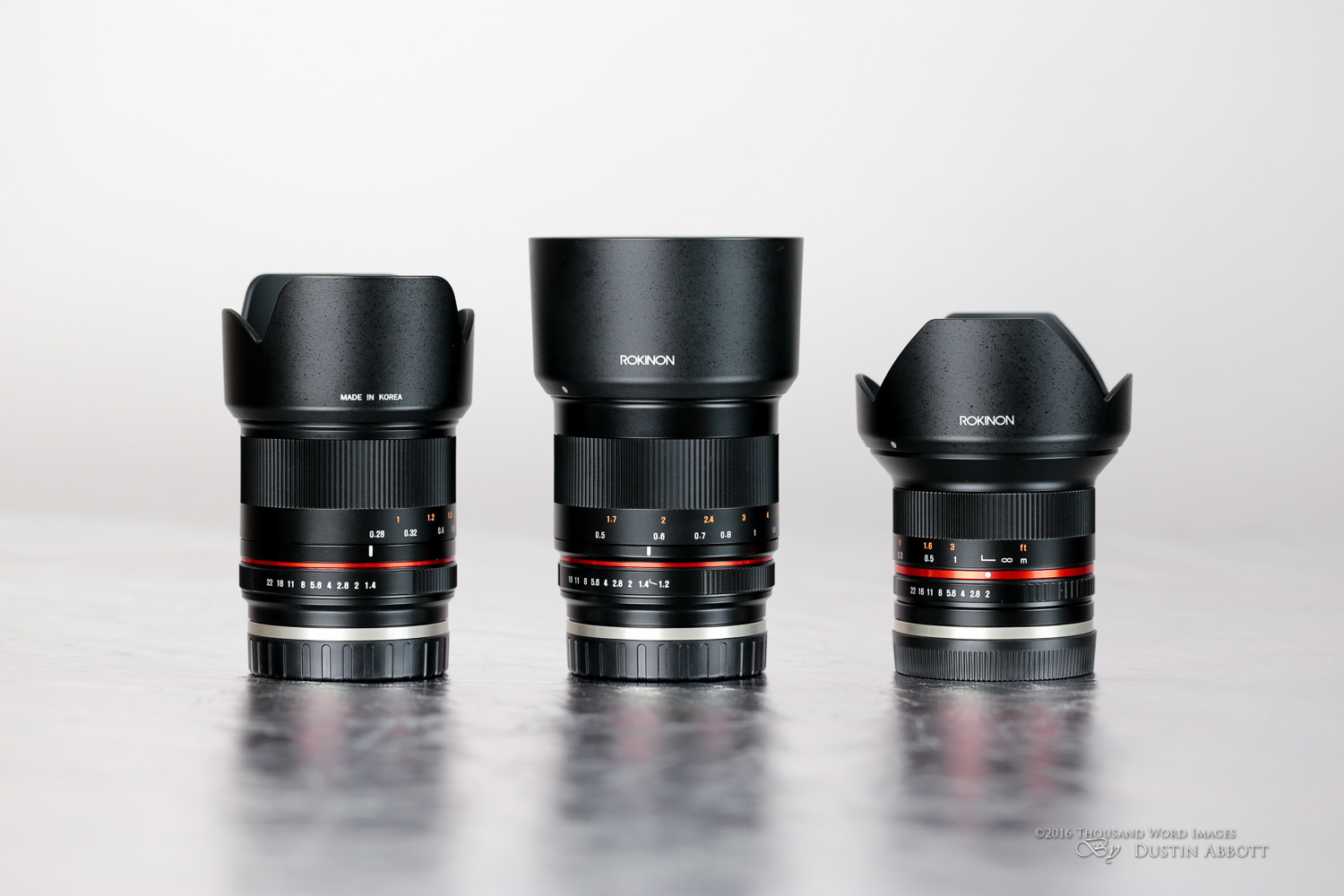
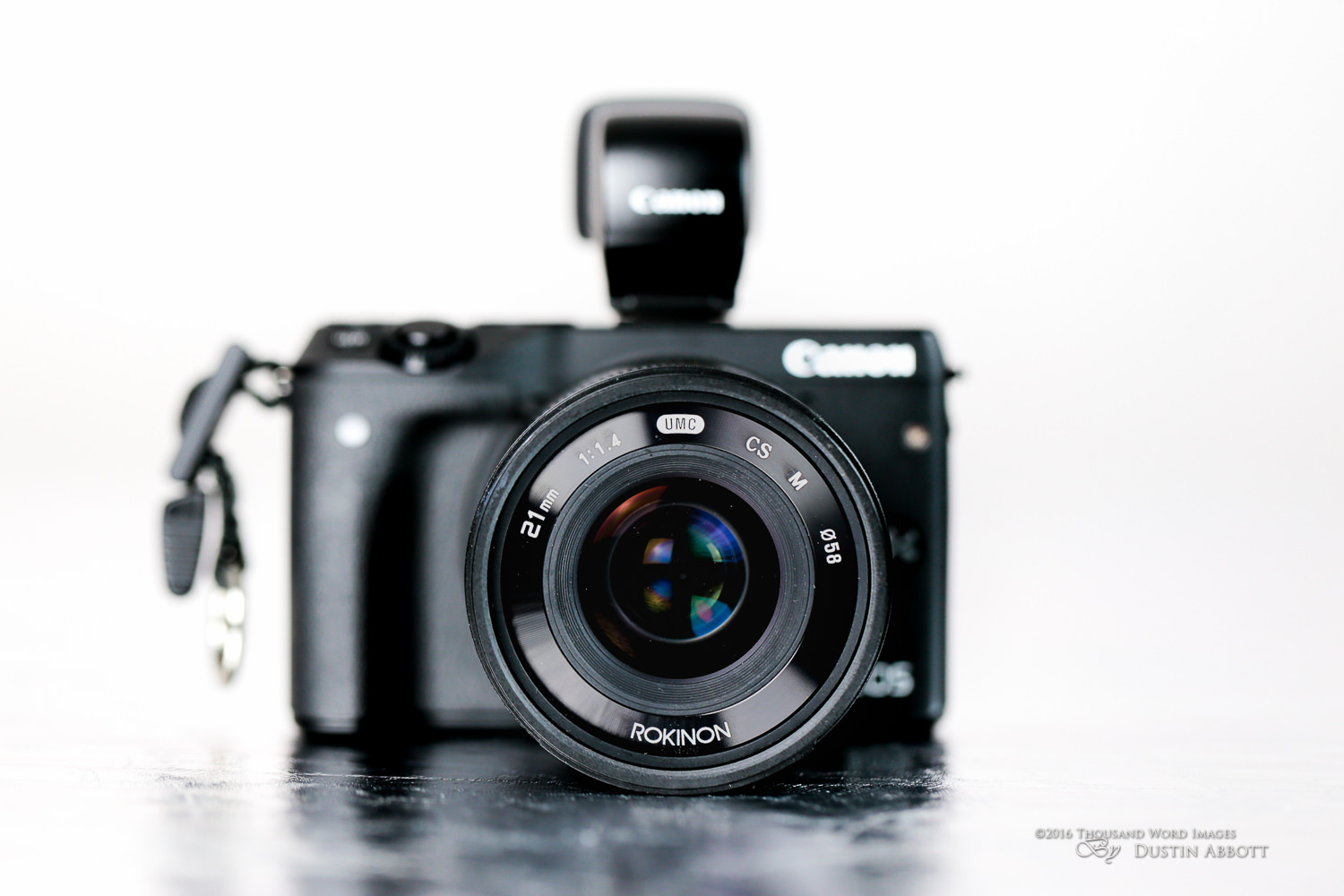


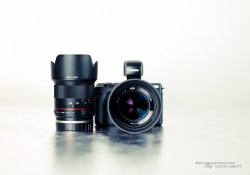
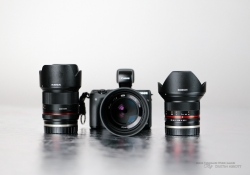
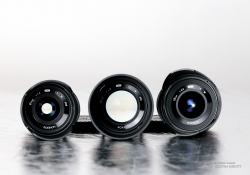
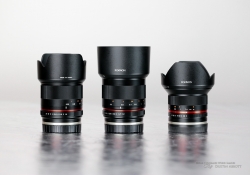
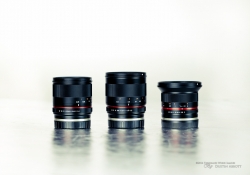

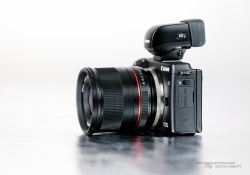
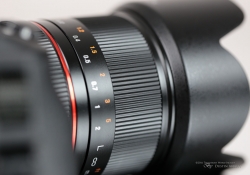
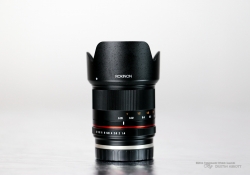
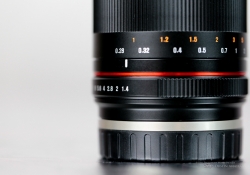

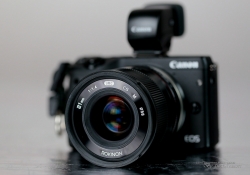
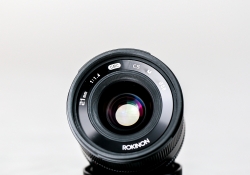
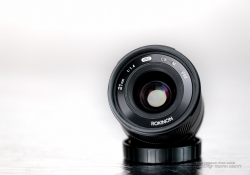
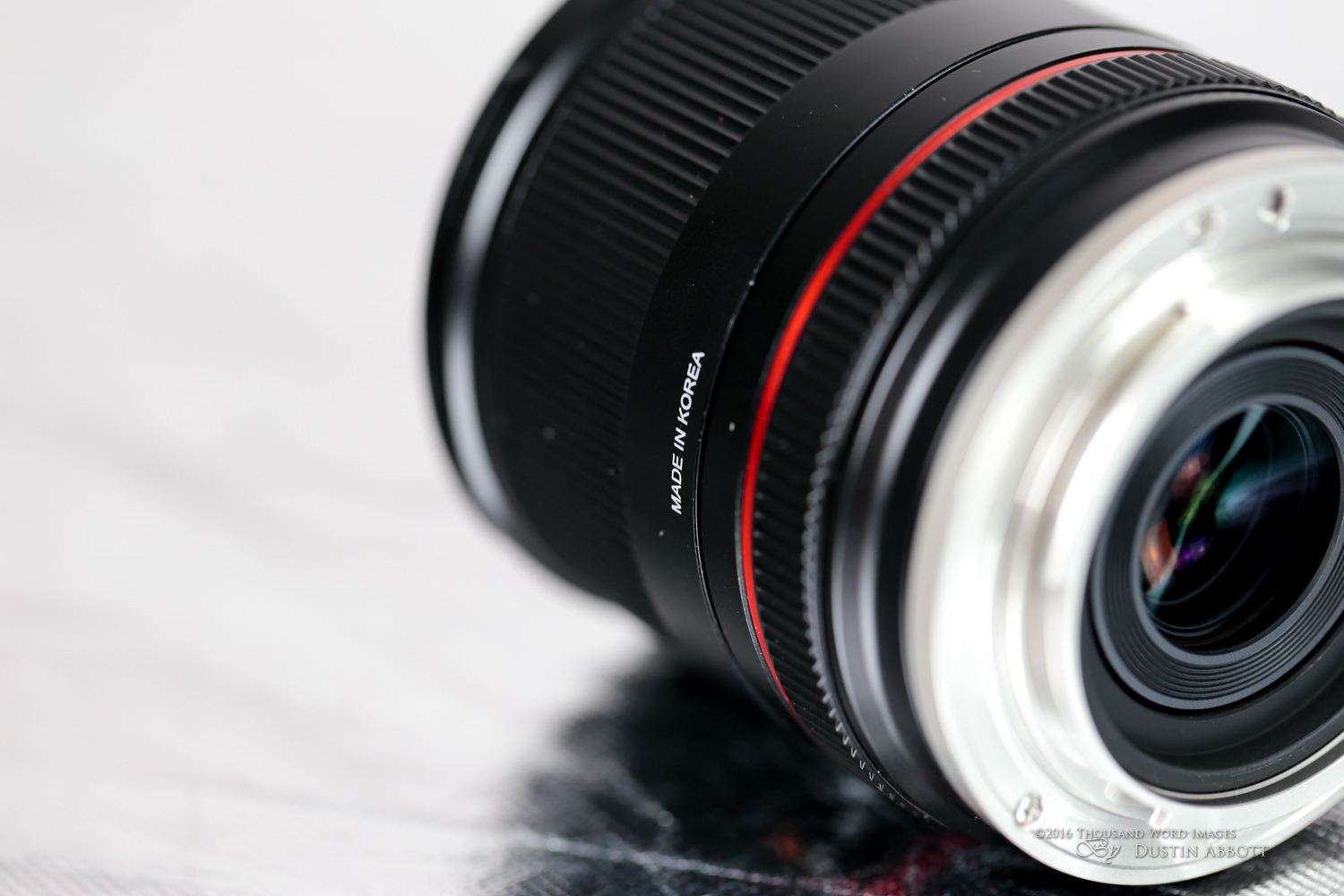




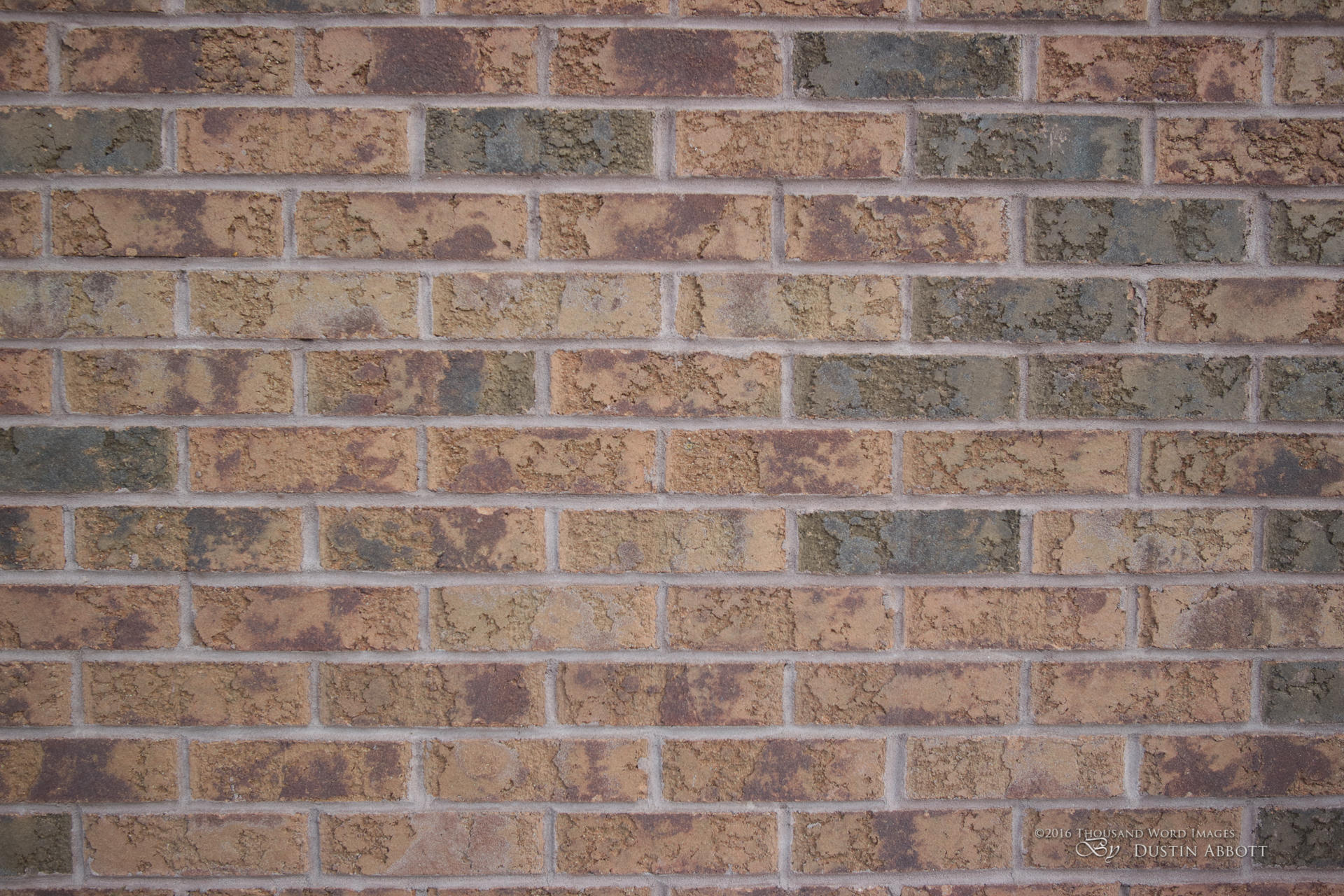


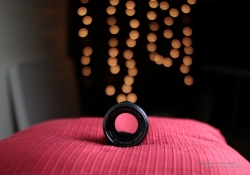
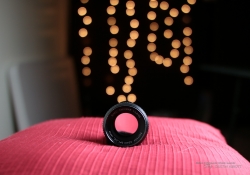

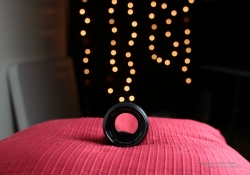

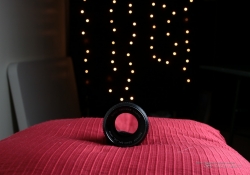




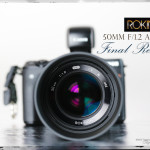
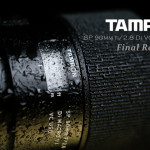


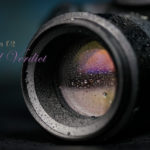

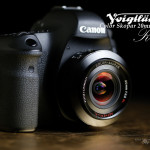
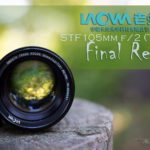
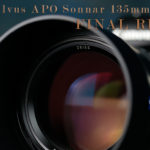

The latest release of ACR does have profiles for most Samyang/Rokinon lenses, even the 12mm f/2 and 50mm f/1.2 but not yet for the 21mm f/1.4 although I wouldn’t expect it to be too far out.
That’s good to hear. I’m sure you are right if the 50mm f/1.2 is there.
Should i get this lens or the Rokinon 24mm F1.4 for my sony A6300, video quality is my main concern.
Thanks for a very in-depth review.
I got this lens when I switched from Canon DSLR to Fuji and must say that I’m very impressed. I loved my Canon 28mm 2.8 on 5D so I chose similar focal length and for it’s size and price nothing can beat it!
Thanks Dustin for a great review as always!
David, I’m glad you are happy. How are the mechanics of shooting MF on a Fuji system?
[…] Dustin Abbott […]